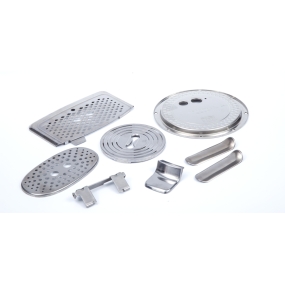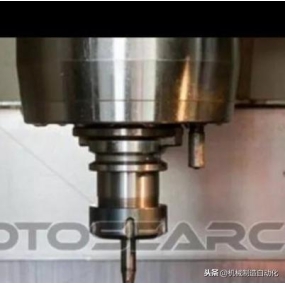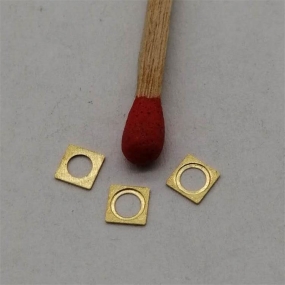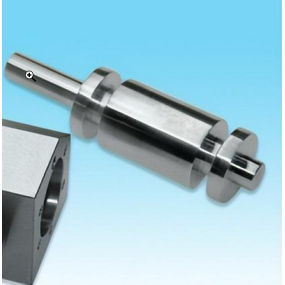Non standard parts processing refers to the process of processing based on customer provided non standardized product requirements and engineering drawings. A causa differentium in forma, granditudine, etc. inter partes non standard et partes conventional, modos speciales processionis usus inter proceduram fabricationis requiuntur. Sequentes metodes communicos procedurae in processione partium non standard introducet.
1. Numerical Control Machining
Numerical control machining is a method of machining parts using numerical control machine tools. It inputs information such as machining paths and cutting parameters into the control system of the CNC machine tool according to the requirements of the engineering drawings, and automatically controls the cutting tools through the CNC system to achieve high-precision part machining. Numerical control machining is suitable for processing various materials and has the advantages of high machining accuracy and efficiency.
2. Processo
Milling is a method of cutting a workpiece using a milling cutter on a milling machine. Milling can be used to machine complex shapes parts such as planes, grooves, and cams. According to the shape and requirements of the parts, different milling methods such as flat milling, vertical milling and extrusion cutting can be selected.
3. Turning machining
Turning is a method of rotating and cutting a workpiece using a turning tool on a lathe. Makina conversatio utilizatur pro partes shaft, partibus discis, etc. According to the shape and requirements of the parts, different turning methods such as external turning, internal turning, chamfering turning, etc. can be selected.
4. Drilling and machining
Drilling is method of drilling a workpiece using a drill bit on a drilling machine. Drilling can be used for machining hole types parts, such as hole machining, boring, etc. Secundo requiribus parterum, diversae metodes drillionis, sicut singulae fluctus drillionis, multi fluctus drillionis, et pulchritudines elegere potest.
5. Cut and processing
Cutting is a method of cutting and processing workpieces using equipment such as shearing machines and laser cutting machines. Cutting process can be used to process flat parts, such as cutting flat plates, cutting sheets, etc. Secundo requiribus parterum, diversa metodes sectationis, sicut tondere, secere, et laser cutere potest elegere.
6. Welding processing
Welding is a method of welding and processing works using welding equipment. Welding processing can be used to connect multiple parts and achieve complex shaped part processing. Secundo requiribus parterum, diversae methodos fermenti, sicut arca fermento, arca argonis fermento, et laser fermento elegere potest.
7. Laser marking
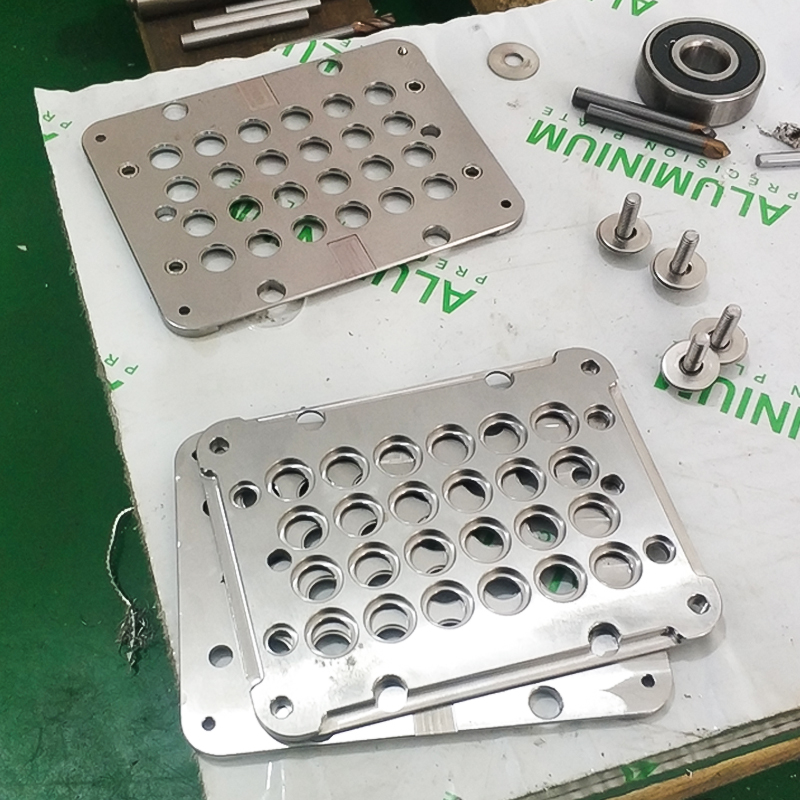
Laser marking is a method of marking workpieces using a laser marking machine. Laser marking process can be used for marking, engraving, etc. on parts. Secundo opus partium, diversa modia markorum, sicut laser sculptura et laser markum, elegere potest.
8. Grinding processing
Grinding is a method of grinding workspieces using a grinder. Procedura industria potest ad faciendum partes precisius, quales partes precisius, moldes, etc. Secundo partibus requiribus, diversa maniera grindationis, quasi circulus exterius grindans, circulus interior grindans et flatus grindans elegere potest.
9. Casting and processing
Processo metallis conflationis effundens in fusum et coondens eum ut firmaret et formaret Casting processing can be used to process complex shapes, such as casting molds, cast iron parts, etc. Secundo requiribus partium, diversas casting methods such as sand casting and metal mold casting can be selected.
Ex quoque modi procedurae commune sunt in processione non standard partes. According to different parts shapes, sizes, and processing requirements, suitable process methods can be selected for processing to achieve precise machining and manufacturing of non-standard parts.


 English
English Spanish
Spanish Arabic
Arabic French
French Portuguese
Portuguese Belarusian
Belarusian Japanese
Japanese Russian
Russian Malay
Malay Icelandic
Icelandic Bulgarian
Bulgarian Azerbaijani
Azerbaijani Estonian
Estonian Irish
Irish Polish
Polish Persian
Persian Boolean
Boolean Danish
Danish German
German Filipino
Filipino Finnish
Finnish Korean
Korean Dutch
Dutch Galician
Galician Catalan
Catalan Czech
Czech Croatian
Croatian Latvian
Latvian Romanian
Romanian Maltese
Maltese Macedonian
Macedonian Norwegian
Norwegian Swedish
Swedish Serbian
Serbian Slovak
Slovak Slovenian
Slovenian Swahili
Swahili Thai
Thai Turkish
Turkish Welsh
Welsh Urdu
Urdu Ukrainian
Ukrainian Greek
Greek Hungarian
Hungarian Italian
Italian Yiddish
Yiddish Indonesian
Indonesian Vietnamese
Vietnamese Haitian Creole
Haitian Creole Spanish Basque
Spanish Basque


